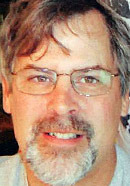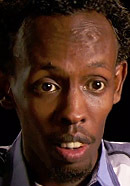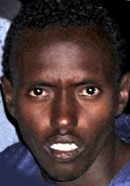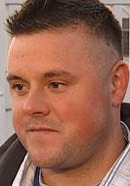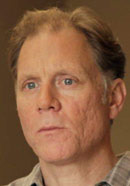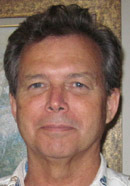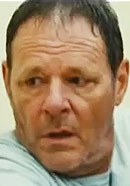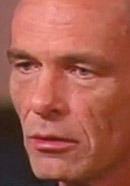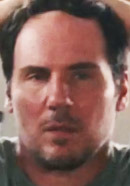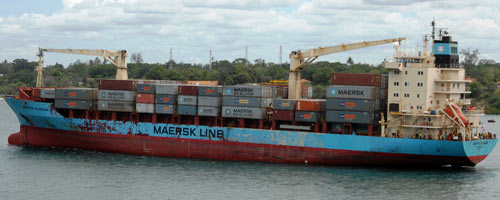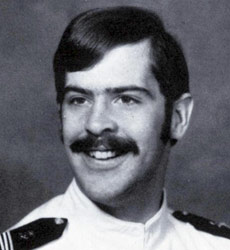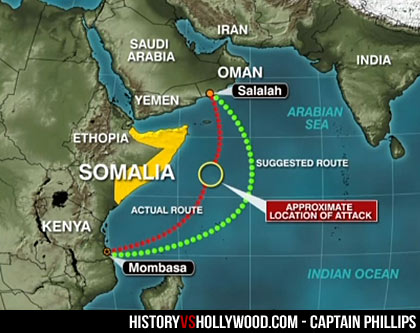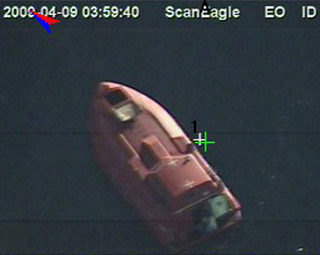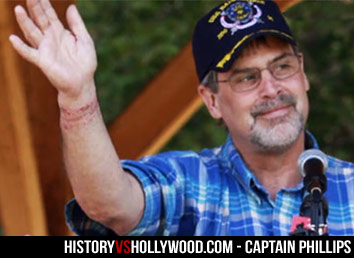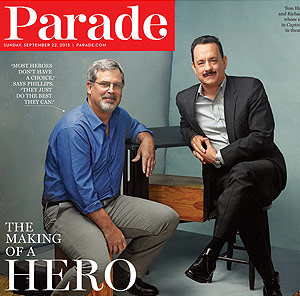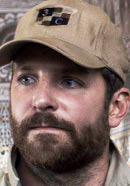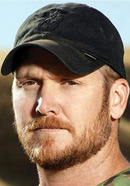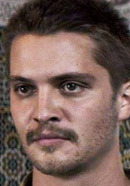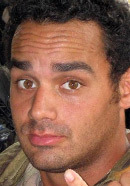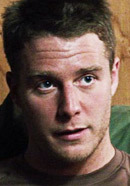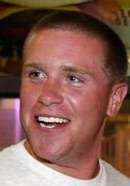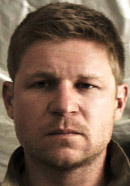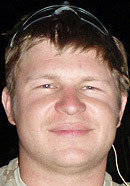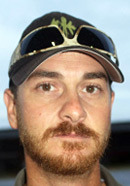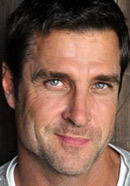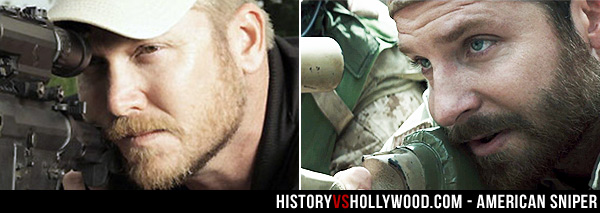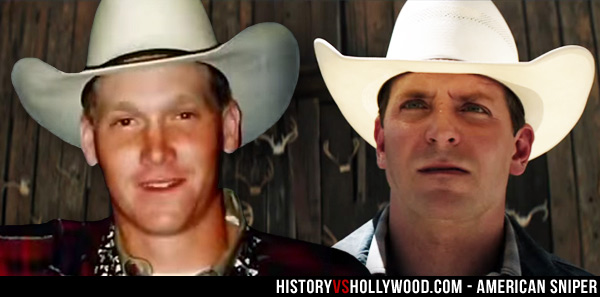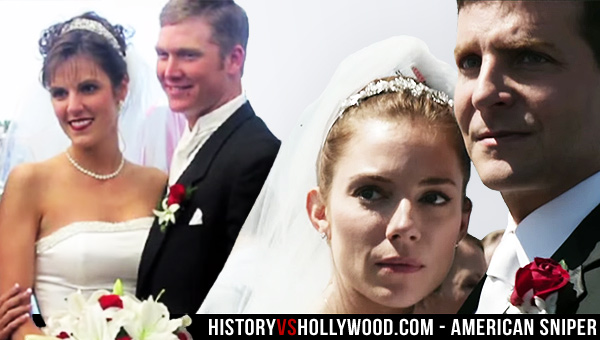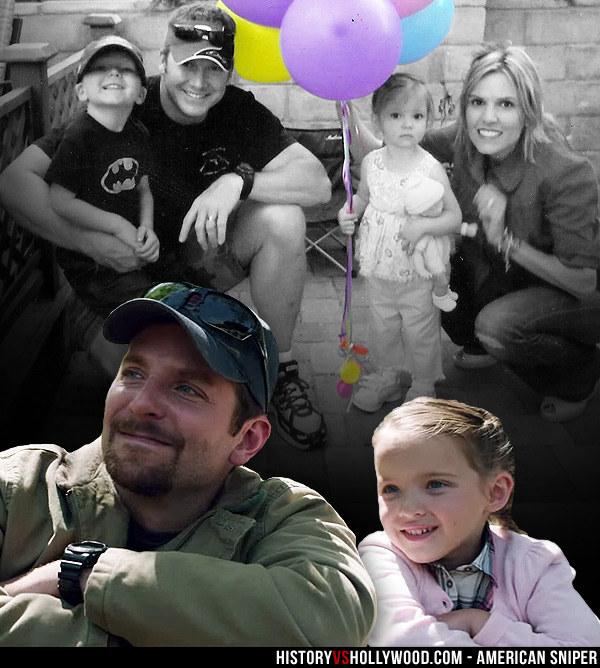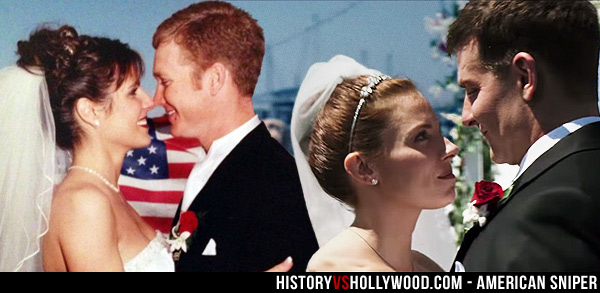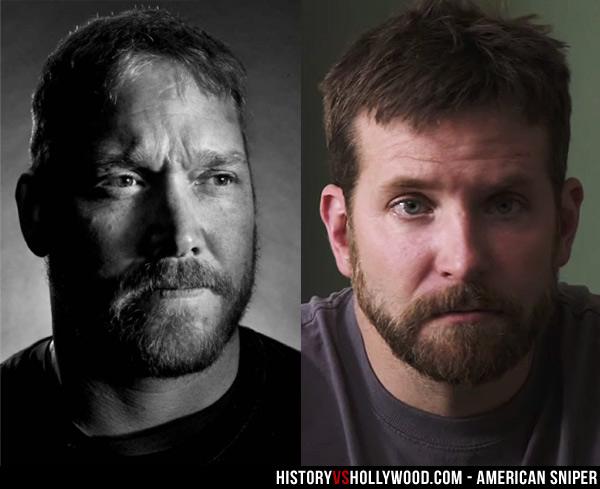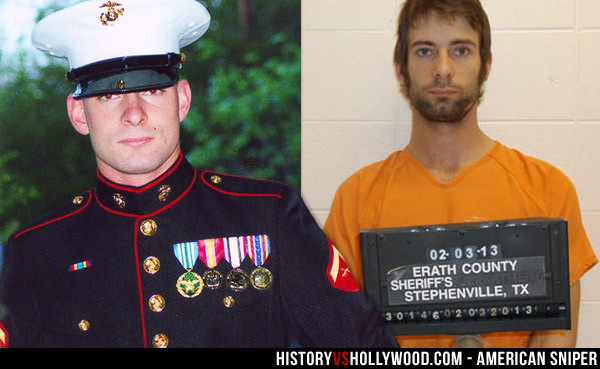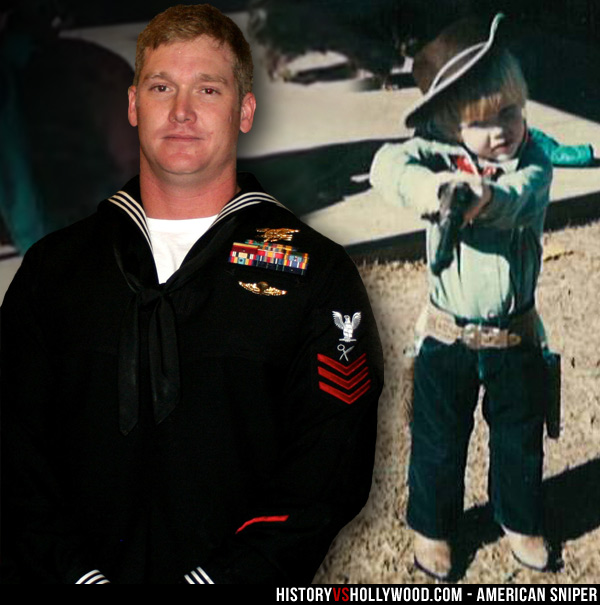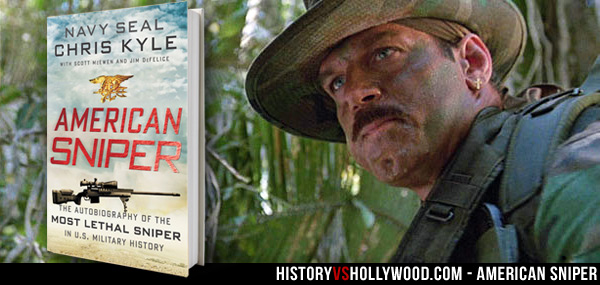Starring Ben Affleck, Bryan Cranston, John Goodman, Alan Arkin
based on the book "The Master of Disguise" by Antonio J. Mendez| REEL FACE: | REAL FACE: |
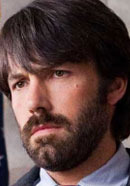
Ben Affleck
Born: August 15, 1972 Birthplace: Berkeley, California, USA | 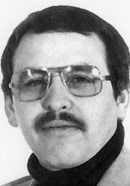
Antonio "Tony" Mendez
Born: 1940 Cover Identity: Production Manager |
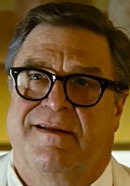
John Goodman
Born: June 20, 1952 Birthplace: St. Louis, Missouri, USA | 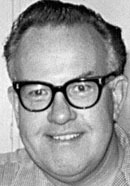
John Chambers
Born: September 12, 1922 Birthplace: Chicago, Illinois, USA Death: August 25, 2001, Woodland Hills, California, USA(diabetes complications) |
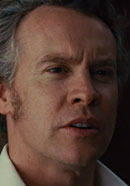
Tate Donovan
Born: September 25, 1963 Birthplace: Tenafly, New Jersey, USA | 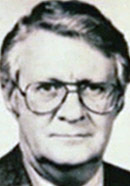
Bob Anders
Born: 1925 Cover Identity: Director |
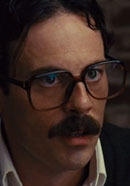
Scoot McNairy
Born: November 11, 1977 Birthplace: Dallas, Texas, USA | 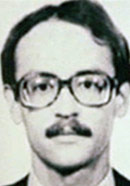
Joseph Stafford
Cover Identity: Associate Producer |

Kerry Bishé
Born: May 1, 1984 | 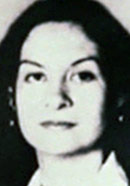
Kathleen Stafford
Born: 1951 Cover Identity: Art Director |

Christopher Denham
Born: 1980 | 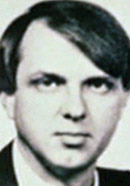
Mark Lijek
Born: 1951 Birthplace: Detroit, Michigan, USA Cover Identity: Transportation Coordinator |
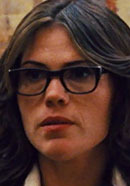
Clea DuVall
Born: September 25, 1977 Birthplace: Los Angeles, California, USA | 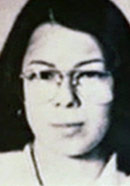
Cora Lijek
Born: May 13, 1954 Birthplace: Japan Cover Identity: Screenwriter |
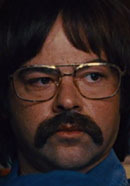
Rory Cochrane
Born: February 28, 1972 Birthplace: Syracuse, New York, USA | 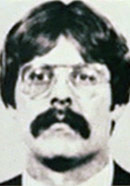
Henry "Lee" Schatz
Born: March 5, 1948 Cover Identity: Cameraman |
 While the movie presents myriad dramatic complications and last-minute twists and turns, the plan actually went off without a hitch. Which is not to say that our situation was without real-life drama—just that most of it happened before Mendez arrived.
While the movie presents myriad dramatic complications and last-minute twists and turns, the plan actually went off without a hitch. Which is not to say that our situation was without real-life drama—just that most of it happened before Mendez arrived. - Mark Lijek (Slate.com, October 18, 2012)
- Mark Lijek (Slate.com, October 18, 2012)
QUESTIONING THE STORY:

When the American Embassy was overtaken did the six US diplomats really walk directly to the Canadian ambassador's residence?
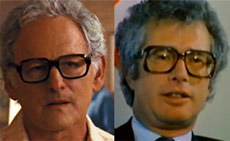
Actor Victor Garber (left) portrays Canadian Ambassador Ken Taylor (right).
Did Tony really come up with the cover story himself?
Did the CIA really set up a fake movie production company?
Yes. Like in the film, it was called Studio Six Productions. The company's production offices were located on the Columbia lot in Hollywood. Actor Michael Douglas had just vacated the offices after wrapping production on The China Syndrome. -CIA.gov
Did Tony actually use a real Hollywood script to help create the cover story?
Yes. Tony and John Chambers (John Goodman in the movie) picked the script from a pile of manuscripts that had been previously submitted to Chambers for his consideration. Based on the award-winning 1967 Roger Zelazny sci-fi novel Lord of Light, the script was in part chosen because it was complicated and hard to follow. It also celebrated Islam to a certain degree. These two attributes, coupled with the growing popularity of science fiction films following the success of Star Wars, made it an excellent choice. -CIA.gov
Was the phrase "Argo f**k yourself" really a running joke at the time?
Yes. Tony states that John Chambers (John Goodman in the movie) once told a vulgar "knock-knock" joke that had the phrase "Argo f**ck yourself" as the punchline. Tony's CIA team often repeated the line as a way to break the tension when they were stressed and working long hours. John Chambers remembered telling the joke and recalled the meaning behind the name "Argo". -CIA.gov
Where did the title "Argo" come from?
The title "Argo" that Tony and John Chambers gave to the screenplay came from Greek mythology, specifically it is the name of Jason and the Argonauts' ship that they sailed to the sacred garden to rescue the Golden Fleece from the clutches of the many-headed dragon. "This precisely described the situation in Iran," states Tony. -CIA.gov
Did they really run a full-page ad in Variety to give the fake movie credibility?
 |
| http://newsiswealth.blogspot.in/ |
Argo movie poster that appeared as a full-page ad in Variety.
The day before the faux production company took out the full-page ad for Argo, Variety published the following blurb about the company and its project in its Pix, People, Pickups roundup, "Studio Six Prods. has announced that sci-fi thriller, 'Argo,' will begin filming in March on various locations in Asia and Europe. Indie is keeping mum on any plot and cast details until just before pic is released." -Variety.com
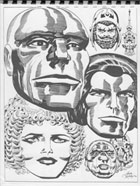 |
| http://newsiswealth.blogspot.in/ |
Famed comic book artist Jack Kirby's Argo concept artwork.
Yes, the storyboards were created, but the real story behind Argoreveals that Tony Mendez never gave them to the officers at the airport (Argo: Inside Story). Various pieces of concept art for the film still exist today and have appeared on display in spy related exhibits around the US. The concept art was created by world famous comic book artist Jack Kirby. A piece of this Argo concept art is shown at left. -Wired.com
How did the CIA get the forged documentation for the six Americans into Iran?
The CIA team sent it via diplomatic pouch to the Canadian Embassy in Tehran, Iran. CIA specialists, who pretended to be part of the Studio Six Production team, traveled to Iran to make final arrangements and complete the travel documents. -CIA.gov
Did Tony Mendez really use the alias "Kevin Harkins" as his cover?
Yes. During the operation, Tony's full alias was "Kevin Costa Harkins". His cover occupation was "production manager" for a film crew that was in Iran scouting possible filming locations for their upcoming movie Argo. -SpyMuseum.org
Did Tony Mendez really meet the six Americans by himself?
No. The real Tony Mendez worked with another OTS (Office of Technical Services) Officer, a Latin American authentication officer who he refers to as "Julio", who had a significant amount of exfiltration experience (CIA.gov). He also had other contacts helping him during the escape at the airport in Tehran (Argo: Inside Story).
Did Tony really meet the six at Canadian Ambassador Ken Taylor's house?
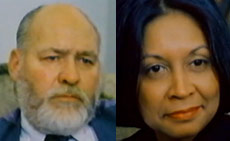 |
| http://newsiswealth.blogspot.in/ |
John Sheardown and his wife Zena hid four of the six Americans.
Did Joe Stafford really become anxious about the plan?
Yes. In the movie, Joe Stafford (portrayed by actor Scoot McNairy) expresses quite a bit of anxiety and reluctance with regard to Tony's proposed plan of having the group pose as members of a movie production company. The real Tony Mendez states that as they discussed the mechanics of the escape, Joe did express anxiety over the risks involved. -CIA.gov
Did they really have to venture into town to scout a possible location?
No. In the movie, Tony (Ben Affleck) and the six are left with no choice but to meet with two men associated with the Iranian film office. They drive into town and venture through a market where an older man confronts Kathy Stafford (Kerry Bishé) for taking Polaroid photos. He yells at her and states that his son had been killed by a gun supplied by America. The true story behind the Argo movie reveals that this never actually happened, nor did they ever venture into town to scout a location. -CIA.gov
Was the housekeeper in the movie based on a real person?
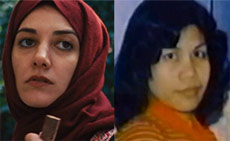 |
| http://newsiswealth.blogspot.in/ |
Sheila Vand (left) as Sahar in the movie and the real maid named Lolita (right).
Did they really hear a helicopter hovering above the house like in the movie?
Yes. When interviewed about the real story, John Sheardown's wife Zena recalls a helicopter hovering over their home for quite a bit of time, which caused significant concern, believing that the Iranians had found out and were looking for their home. Unlike what is shown in the movie (or in this case not shown in the movie), they later discovered that the police were looking for an Iranian gunman who assassinated a religious leader in that area. To reiterate, John and his wife are not represented in the movie, despite hiding four of the six Americans. -Canadian Caper, PBS Documentary
Did the Canadian Ambassador's wife really receive a strange phone call?
Yes. Pat Taylor, the wife of Canadian Ambassador Ken Taylor, received a strange phone call during which the caller, who would not identify himself, asked to speak with Joe Stafford, who had been hiding with his wife Kathy at the Taylor home. Pat told the caller that she had never heard of Joe Stafford and told the person to call her husband. Ken Taylor never received a call.-Canadian Caper, PBS Documentary
Did they really hold a trial interrogation the night before they left?
Yes, but in researching the Argo true story, we discovered that unlike what is shown in the film, Tony Mendez did not act as the interrogator. Instead, a man named Roger Lucy, who was house-sitting with the four Americans staying at the Sheardown's home, volunteered to be the interrogator. He spoke Farsi fluently, the language of the area. He conducted the mock interrogations dressed in military fatigues, complete with a hat, jack boots, sunglasses and a swagger stick. -CIA.gov
How long was Tony in Iran before leaving with the six Americans?
Tony and his partner, who he calls "Julio", arrived in Mehrabad, Iran at 5 a.m. on Friday, January 25, 1980. Tony departed Iran with the six Americans three days later on Monday morning, January 28. -CIA.gov
How long were the six Americans in hiding before their escape?
The six Americans were in hiding in Iran for nearly 3 months, from November 4, 1979 until their escape on the morning of January 28, 1980. After eventually ending up in the large home of the Canadian Deputy Chief of Mission, John Sheardown (not represented in the movie), they spent their time perfecting their culinary skills and playing lots of scrabble.
By comparison, the 52 hostages that remained in the American Embassy building for the entire duration of the Iran hostage crisis were not released until January 20, 1981, almost a full year after Tony Mendez got the six Americans (dubbed the "Canadian Six") out. They spent a total of 444 days as captives. -CIA.gov
By comparison, the 52 hostages that remained in the American Embassy building for the entire duration of the Iran hostage crisis were not released until January 20, 1981, almost a full year after Tony Mendez got the six Americans (dubbed the "Canadian Six") out. They spent a total of 444 days as captives. -CIA.gov
Was the mission really called off the night before like in the Argomovie?
No. The mission had never been called off at the last minute, forcing Tony Mendez to make a passionate call to his boss to tell him he was going through with it anyway. In reality, the mission had always been a go ever since American President Jimmy Carter gave his approval prior to Tony taking his flight into Tehran, Iran.
The real Tony Mendez woke up forty-five minutes late the morning he was to meet up with the six Americans at the airport. He had slept through his watch alarm and was woken up when his ride to the airport had arrived and called his hotel room. He rushed to get ready and made it downstairs 15 minutes later. -CIA.gov
The real Tony Mendez woke up forty-five minutes late the morning he was to meet up with the six Americans at the airport. He had slept through his watch alarm and was woken up when his ride to the airport had arrived and called his hotel room. He rushed to get ready and made it downstairs 15 minutes later. -CIA.gov
Were the airline tickets really approved and confirmed at the last minute?
No. The suspenseful Argo movie scene that requires Ben Affleck's character to ask the woman at the airport ticket counter to recheck for the tickets never actually happened in real life. The reservations had always been in place and there weren't any problems at the counter or the checkpoints. -CIA.gov
Did Tony and the six Americans really get held up at the airport and then chased down the runway as the plane took off?
No. In reality, the six Americans arrived at Tehran's Mehrabad Airport with Tony's CIA partner "Julio". Tony had arrived ahead of them to make sure that he cleared customs and could check in at the airline counter without any trouble. He met them after they made it through successfully, and the group then proceeded through the immigration/emigration checkpoint together without any problems, unlike what is shown in the movie. -CIA.gov
The only setback occurred when the plane was delayed for an hour due to a minor mechanical problem. When the problem was resolved they took the airport bus out to where they boarded the plane and it lifted off for Zurich, Switzerland. They were not chased down the runway by the officers and Revolutionary Guard at the airport. However, they did in fact breathe a collective sigh of relief once they cleared Iranian airspace. To celebrate their escape, they toasted with Bloody Marys. -CIA.gov
The ease of their real life escape is partially attributed to the fact that they had booked an early morning 7:30 a.m. flight when the airport would be much less crowded, the officers would be sleepy and the Revolutionary Guard would be mostly still in bed. -CIA.gov
The only setback occurred when the plane was delayed for an hour due to a minor mechanical problem. When the problem was resolved they took the airport bus out to where they boarded the plane and it lifted off for Zurich, Switzerland. They were not chased down the runway by the officers and Revolutionary Guard at the airport. However, they did in fact breathe a collective sigh of relief once they cleared Iranian airspace. To celebrate their escape, they toasted with Bloody Marys. -CIA.gov
The ease of their real life escape is partially attributed to the fact that they had booked an early morning 7:30 a.m. flight when the airport would be much less crowded, the officers would be sleepy and the Revolutionary Guard would be mostly still in bed. -CIA.gov
Did they really have to present a matching yellow copy of the embarkation/disembarkation form?
Yes. They did have to present the forged yellow copy of the embarkation/disembarkation form to match the copy that was supposed to have been filled out when they arrived in the country. There was a moment when someone at a counter did walk away with papers that belonged to a member of the group like in the movie, but the employee only stepped away to get a cup of tea and returned shortly. There was no need to further present a letter from the Ministry of Culture like in the movie. -Argo: Inside Story
It is unclear whether the moment described above is the same instance that the real Lee Schatz describes in the PBS Documentary, where his passport was momentarily taken into a side room. The man who returned with it asked him if it was indeed him in the photo, since his expression was different and his mustache was longer in the passport photo. Lee said it was and the man believed him and let him through. -Canadian Caper, PBS Documentary
It is unclear whether the moment described above is the same instance that the real Lee Schatz describes in the PBS Documentary, where his passport was momentarily taken into a side room. The man who returned with it asked him if it was indeed him in the photo, since his expression was different and his mustache was longer in the passport photo. Lee said it was and the man believed him and let him through. -Canadian Caper, PBS Documentary
Were they really detained and questioned at the airport like in the movie?
No. As stated above, our research into the true story revealed that Tony Mendez and the six Americans were not detained at the airport. They were not sequestered like in the movie. There was therefore no nearly missed nail-biting phone call to Studio Six Productions to verify their backgrounds. Tony also never gave Iranian officers storyboard sketches to keep as souvenirs. -CIA.gov
I heard that the nose of the plane had the name "Argau" on it, is this true?
Yes. Although it is not shown in the film (likely to avoid confusion and to sustain believability), the actual Swissair plane that the Americans flew out on had the name "Argau" lettered on its nose. The Swissair plane had been given the name Argau after a region in Switzerland. Noticing the name on the nose as the group walked up the ramp to board the plane, Bob Anders punched Tony Mendez in the arm and said, "You arranged for everything, didn't you?" -CIA.gov
What happened to Studio Six Productions, the movie company created for the cover?
Studio Six Productions closed its doors several weeks after Tony Mendez and his team helped the six Americans escape from Iran, however, not without grabbing Hollywood's attention. The CIA's fake movie production company created such a convincing cover that it had received 26 scripts, including one from Steven Spielberg. -CIA.gov
When was the story finally revealed to the public?
The story of the CIA's involvement in helping the six Americans to escape Iran on January 28, 1980 was declassified and revealed to the public as part of the Agency's 50th Anniversary celebrations in 1997. -CIA.gov
What became of Tony Mendez?
Tony Mendez and his partner in the Iran operation each received the CIA's Intelligence Star award. Tony continued to work for the CIA, eventually retiring in 1990 after 25 years of service. He has since written four books, including the memoir Master of Disguise: My Secret Life in the CIA, which chronicles his experiences. He spends much of his time painting in his art studios on his forty acre farm in rural Washington County, Maryland. Along with his wife, a 27-year veteran of the CIA herself, he has also served on the Board of Directors of the International Spy Museum. -TheMasterofDisguise.com
Where was the movie shot?
In addition to various locations in California (Warner Bros. Studios, etc.) and a CIA Headquarters scene shot in Virginia, shooting for the movie took place in Istanbul, Turkey which stood in for Iran. The airport scene at what was supposed to be Tehran's Mehrabad Airport was shot at the LA/Ontario International Airport, which is actually located in the city of Ontario, a city in San Bernardino County, California (not in Ontario, Canada). -IMDB.com

